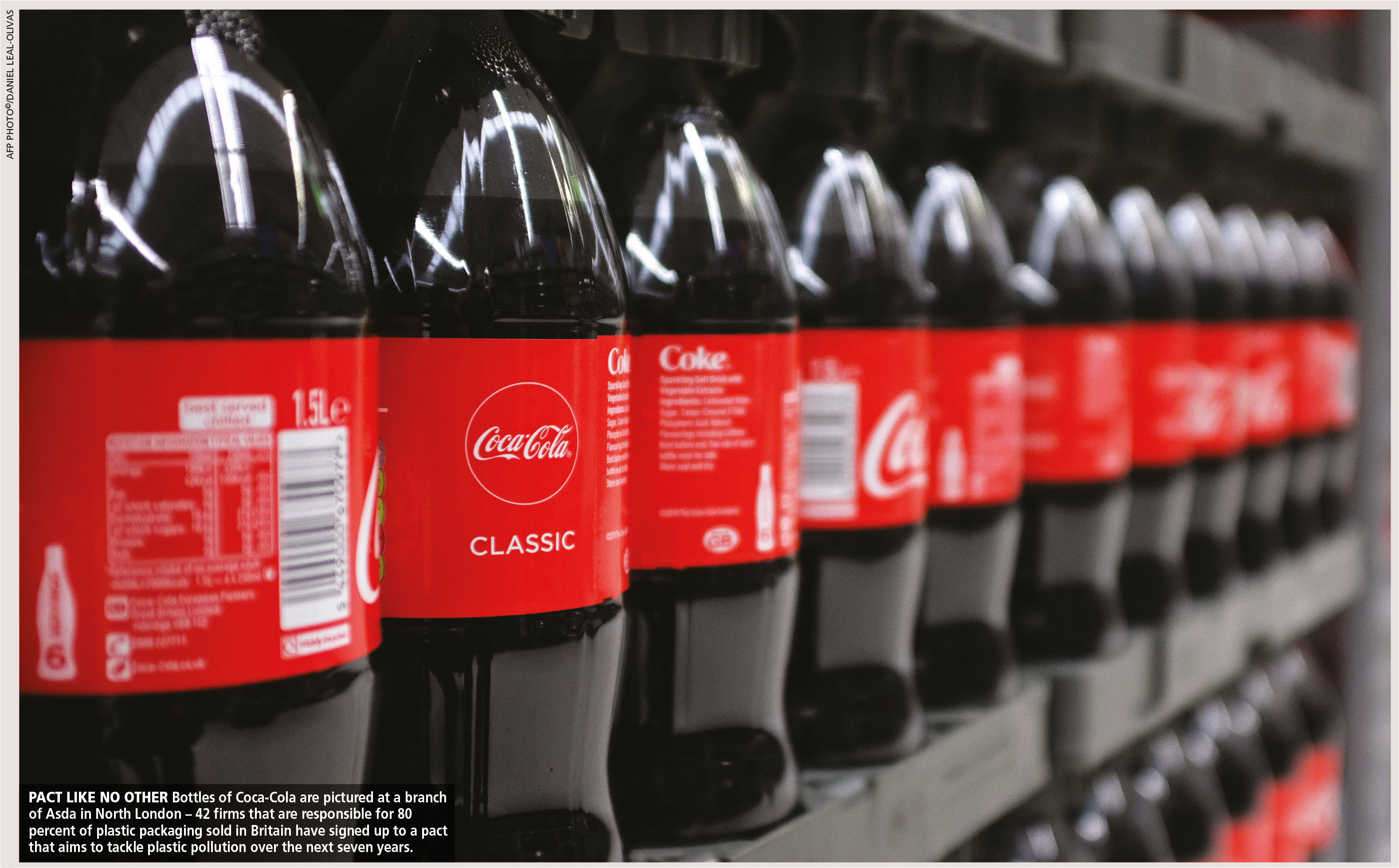INTERNATIONAL MARKETING
SHAPING A GLOBAL MESSAGE
Sanjeewaka Kulathunga challenges glocalised marketing enterprises to stay relevant
Globalisation is no longer an obscure concept limited to the academic sphere but a pragmatic phenomenon affecting billions of lives the world over. In the information age, corporate websites and social media accounts play major roles in the global marketing mix. Many companies seek international opportunities to trade, and export products and services rather than limit themselves to local markets.
With rapid changes in consumer behaviour worldwide, even established global entities may fall into the trap of conservative international marketing tactics, which are less effective in response to market trends. Amid a constant flow of product and services information, consumers are becoming more independent in assessing what is required from products.
Through virtual platforms such as social media, consumers are empowered to raise and share their comments, and review products and services that they consume. This exerts more pressure on marketers to streamline international strategies. Consumers worldwide have started to search and analyse reviews or comments made by previous consumers, prior to purchasing products or services.
Globally renowned companies are able to adopt glocalisation as a fundamental element in product and service development for the international market. Accordingly, stiff international marketing competition has offered consumers more power to switch to alternatives that effectively resonate with their unique wants and needs. So companies must be sensitive to changing consumer trends in different sociocultural contexts.
Cultural traditions and values influence consumer behaviour. Particular communication styles are preferred in different cultural contexts. Marketing messages may not be equally effective in all cultures. According to Dr. Edward Hall – a prominent anthropologist – cultures can be broadly categorised as high and low context.
In high context cultures, communication largely depends on nonverbal mediums such as visual and implicit styles. In contrast, explicit and verbally expressed forms of communication are most prevalent in low context cultures.
In a practical sense, American culture falls under the low context category where information is explicitly communicated by word. However, Asian and Hispanic cultures are more inclined to visual and symbolic communication, compared to direct spoken and written messages.
The language spoken by a person is part of their culture. Accordingly, the language that is used in various forms of marketing communication such as advertising, PR and promotions should reflect the unique cultural expressions and values of the targeted international market.
Merely translating an advertisement into a foreign language for a target market won’t be effective as word for word translation isn’t sufficient to convey the true cultural values and meaning for potential consumers.
Without conducting a deep cultural analysis and extensive creative marketing writing, it is difficult to map out the true picture of linguistic subtleties entwined with the sociocultural environment. Brand slogans and jingles that have been successful in one language rarely translate into another language with the proper connotations.
There is ample evidence of international marketing blunders from around the world that created irreparable damage and costs for globally renowned corporations.
For example, a fried chicken franchise mistakenly translated its famous brand slogan ‘Finger Lickin’ Good’ as ‘eat your fingers off’ in China! Further, a cola company lost market share dominance in Southeast Asia due to a change in colour of its vending machines and coolers from royal blue to light-blue, which is associated with death and mourning in Southeast Asian cultures.
Procuring the services of language experts who are capable of writing creative marketing content and advertising copy in the language of the target market will ensure that the marketing message is effective. Many companies dive headfirst into employing in-house bilingual resources as translators to save on costs but this can result in disparate marketing and branding messages.
Metaphors are interesting expressions of sociocultural norms. Mistakenly identified metaphors may lead to ineffective marketing communication. To avoid international marketing failures, companies should be cautious to avoid colloquial words, inappropriate gestures and postures as part of global marketing campaigns – by keeping the marketing message simple and without employing words that could lead to mass confusion.
Marketing across different cultures requires distinctively customised branding messages while making appropriate adjustments to the four strategic elements of marketing – viz. product, price, place and promotion.





